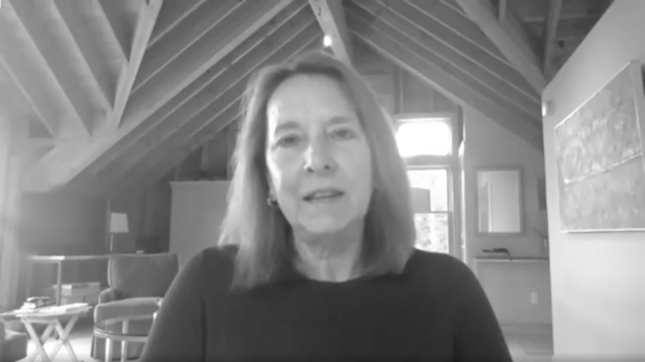The Dignity-Centered Organization
A dignity-centered organization recognizes the importance of treating its people—and inspires its people to treat each other—in a way that honors their value and worth and the role they play in the organization.

The Definition of a Dignity-Centered Organization
The dignity-centered organization understands that there’s a difference between placing the word “dignity” in a mission statement or employee handbook, and actually implementing the daily behaviors and organization-wide processes that truly honor the dignity of all workers.
Seeking to close the perception gap between what leaders generally believe about the work environment and what employees actually experience, the dignity-centered organization educates itself on what dignity means and how it complements related workplace concepts. It identifies the specific, actionable attributes of day-to-day dignity-conscious leadership and holds leaders accountable for demonstrating those attributes. And it implements dignity-advancing enhancements to the structures that affect the entire employment experience. By focusing on both approaches, as we do on this website for Managers and Organizations, the dignity-centered organization consistently signals to employees (and prospective employees) that they are valued for who they uniquely are.
“As important as it is to understand and honor differences, we need a way to ultimately bring us all back together again. Dignity is that unifying force. It is a shared human yearning with which we can all identify.”
The Elements of Donna Hicks' "Dignity-First Organization"
Honoring dignity at work requires commitments that are comprehensible and actionable; commitments that are consistently demonstrated by leadership; commitments that become, in short, the foundation of trusting workplace relationships. Donna Hicks has identified 10 elements of what she calls the dignity-first organization:
Acceptance of individual identity: Meeting each person where they are encourages authenticity—and stems the fear of being negatively judged.
Recognition of an employee’s unique qualities, talents, and “ways of being,” and giving credit where it is due for contributions, ideas, and relevant experience. (Research shows that this also promotes retention.)
Acknowledgment and validation: Understanding that differences in background and social identity may affect needs and navigational style at work.
Ensuring inclusion and a sense of belonging—creating a sense of community—which encourages transparency and participatory decision-making, and fosters employee growth.
Creation of a climate of physical and psychological safety, eliminating fears of being humiliated for speaking up; reinforce policies with consistent accountability.
Vigilance as to fair and equitable treatment, consistently observed and applied.
Granting autonomy by reinforcing individual freedom and independence and empowering the experience of hope and possibility.
Seeking understanding and giving employees the chance to explain their experiences and perspectives.
Giving the benefit of the doubt—accepting others as trustworthy and acting with integrity (unless trust and safety have been compromised).
Management’s visible and demonstrable accountability—apologizing and taking responsibility when an employee’s dignity has been violated and making a commitment to change hurtful behaviors.
Help Us Protect Human Rights
Please give now. Your contribution will make a difference in the critical effort to achieve equal rights for all.